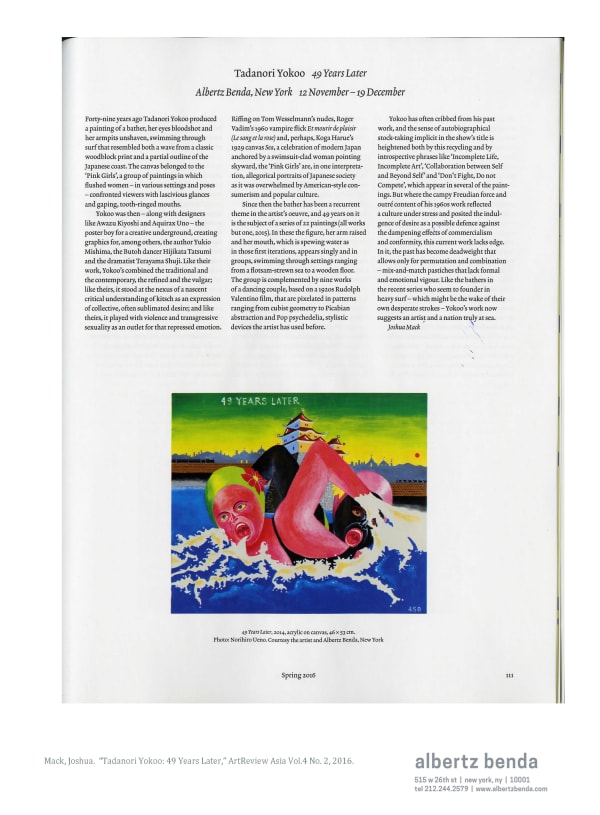Tadanori Yokoo
One of the few surviving members of the first generation of Pop international artists, Tadanori Yokoo [b, 1936, Japan] has left an indelible mark on the aesthetic and cultural exchanges between Japan, Europe, and the U.S. since the 1960s. Appropriating and intermixing Western and traditional symbols, Yokoo’s subversive poster designs were instrumental in the development and dissemination of a new iconography for post-war Japan.
Moving to Tokyo in 1960 to pursue his passion for painting and a career in graphic design, Yokoo quickly became a rising figure within the Japanese avant-garde. Working across disciplines and continents, Yokoo counted many renowned creative minds –– within Japan, such as the poet Yukio Mishima, and in his visits to New York, figures such as the artist Jasper Johns –– among his many points of connection.
By 1972, Yokoo had achieved widespread international recognition and was exhibiting widely at a number of prestigious institutions including a solo exhibition, Graphics of Tadanori Yokoo, at the Museum of Modern Art, New York. During this time, his commercial work included designing album covers for Miles Davis and Santana, among others, while maintaining a private practice of painting.
Yokoo’s work has been the subject of countless solo exhibitions and is held in the permanent collections of key institutions including the Museum of Modern Art, New York; the Metropolitan Museum of Art, New York; the Museum of Fine Arts, Boston; the Fondation Cartier, Paris; the Victoria and Albert Museum, London; and the Stedelijk Museum, Amsterdam. Since albertz benda opened in 2015, the gallery has presented two exhibitions of Yokoo’s paintings spanning from the 1980s to the present.
-
![Tadanori Yokoo [Japanese, b. 1936] See You Again, 2002 Signed YYY + H on recto, dated 2002 and inscribed 7.3 on verso Painting on canvas 71.57 x 89.49 inches 181.8 x 227.3 cm](data:image/gif;base64,R0lGODlhAQABAIAAAAAAAP///yH5BAEAAAAALAAAAAABAAEAAAIBRAA7)
Tadanori Yokoo: All or Nothing at albertz benda
Jonathan Goodman, Japan Contemporaries, February 9, 2024 -

Legendary Japanese artist Tadanori Yokoo is still going strong at 87
Edward Gomez, Asia Nikkei, November 17, 2023 -

KAWS Looks to the Fringes for Inspiration
Max Lakin, The New York Times, February 20, 2020 -

Master of Mysterious Images
Edward M. Gomez, Art & Antiques , October 15, 2016 -

Tadanori Yokoo: 49 Years Later
Joshua Mack, ArtReview Asia, April 1, 2016 -

Welcome to the Wild, Wild World of Tadanori Yokoo
Francesca Gavin, Another Man, April 1, 2016
TADANORI YOKOO
Born in 1936 in Nishiwaki, Hyogo Prefecture, Japan
Currently lives and works in Tokyo, Japan
MUSEUM & PUBLIC COLLECTIONS
Art Kite Museum, Detmold, DE
Bradford Museums Galleries & Heritage, West Yorkshire, UK
Brandenburg Art Collections of Cottbus, Cottbus, DE
Carnegie Mellon University, Pittsburgh, PA
Chicago Athenaeum, Chicago, IL
Colorado State University, Fort Collins, CO
Contemporary Art Museum, Kumamoto, JPN
Danish Museum of Decorative Art, Copenhagen, DK
Dante Museum, Rome, IT
DNP Archives of Graphic Design, Tokyo, JPN
Fondation Cartier pour l'art contemporain, Paris, FR
Frederick R. Weisman Foundation, Los Angeles, CA
Fukuoka Art Museum, Fukuoka, JPN
Haggerty Museum of Art, Milwaukee, WI
Hakone-machi Social Education Center, Hakone, JPN
Hara Museum of Contemporary Art, Tokyo, JPN
Himeji City Museum of Art, Hyogo, JPN
Hiroshima City Museum of Contemporary Art, Hiroshima, JPN
Hokkaido Museum of Modern Art, Hokkaido, JPN
Hokkaido Obihiro Museum of Art, Hokkaido, JPN
Hyogo Prefectural Museum of Art, Kobe, JPN
Institute for Research in Humanities, Kyoto University, Kyoto, JPN
International Hokusai Research Center, Milan, IT
Israel Museum, Jerusalem, IL
Iwaki City Art Museum, Iwaki, JPN
Japan Foundation, Toronto, CAN
J. Paul Getty Museum Villa, Malibu, CA
Kawasaki City Museum, Kanagawa, JPN
Keio University Research Center for the Arts & Arts Administration, Tokyo, JPN
Kunstgewerbe Museum, Zurich, CH
Kyoto Institute of Technology, Kyoto, JPN
Kyoto Municipal Museum of Art, Kyoto, JPN
Kyoto Saga University of Arts, Kyoto, JPN
Lahiti Art Museum, Lahti, FI
Les Silos, Maison du livre et de l'affiche, Chaumont, FR
Library of Congress, Washington, D.C.
Machida City Museum of Graphic Arts, Tokyo, JPN
Metropolitan Museum of Art, New York, NY
Miyagi Museum of Art, Sendai, JPN
Museo Dantesco, Rome, IT
Museum of Art, Kochi, JPN
Museum of Contemporary Art, Tokyo, JPN
Museum für Kunst und Gewerbe, Hamburg, DE
Museum Moderner Kunst Stiftung Ludwig Wien, Vienna, AT
Museum of Design, Zurich, CH
Museum of Fine Arts, Boston, MA
Museum of Fine Arts, Houston, TX
Museum of Formative Art, Zurich, CH
Museum of Modern Art, Genoa, IT
Museum of Modern Art, Kamakura & Hayama, JPN
Museum of Modern Art, Toyama, JPN
Museum of Modern Art, Wakayama, JPN
Museum of Modern Art, New York, NY
National Archives of Canada, Ottawa, CAN
National Museum, Poznaniu, PL
National Museum for Applied Art, Munich, DE
National Museum & Gallery of Wales, Cardiff, Wales, UK
National Museum of Art, Osaka, JPN
National Museum of Modern Art, Kyoto, JPN
National Museum of Modern Art, Tokyo, JPN
Ningbo Museum of Art, Ningbo, CN
Notojima Glass Art Museum, Ishikawa, JPN
Ogaki Poster Museum, Ogaki, JPN
Ohara Museum of Art, Tokyo, JPN
Oita Prefectural Art Hall, Oita, JPN
Okawa Museum of Art, Kiryu, JPN
Okanoyama Museum of Art, Nishiwaki, JPN
Palazzo Ducale, Genoa, IT
Pinakothek der Moderne, Munich, DE
Patrick and Beatrice Haggarty Museum of Art, Milwaukee, WI
Queensland Art Gallery, Brisbane, AUS
San Francisco Museum of Modern Art, San Francisco, CA
Santa Barbara Museum of Modern Art, Santa Barbara, CA
Santa Rosa Junior College Art Gallery, Santa Rosa, CA
Setagaya Art Museum, Tokyo, JPN
Setagaya Literary Museum, Tokyo, JPN
Sezon Museum of Modern Art, Nagano, JPN
Shimane Art Museum, Matsue, JPN
Shimonoseki City Art Museum, Yamaguchi, JPN
Stedelijk Museum, Amsterdam, NL
Suntory Museum, Osaka, JPN
Tadanori Yokoo Museum, Kobe, JPN
Tama Art University Museum, Tokyo, JPN
Taro Okamoto Museum of Art, Kawasaki, JPN
Tochigi Prefectural Museum of Fine Arts, Tochigi, JPN
Tokushima Modern Art Museum, Tokushima, JPN
Tokyo Metropolitan Museum of Photography, Tokyo, JPN
Victoria and Albert Museum, London, UK
Walker Art Center, Minnesota, USA
Wilanòw Poster Museum, Warsaw, PL
World Children's Art Museum, Okazaki, JPN
Yokohama Museum of Art, Yokohama, JPN
Yonago City Museum of Art, Yonago, JPN
SELECT SOLO EXHIBITIONS
2024 albertz benda, New York, NY
2021 21_21 Design Sight Gallery 3, Tokyo, JPN
Shibuya PARCO, Tokyo, JPN
Yukiko Mizutani, Tokyo, JPN
Yokoo Tadanorwari Museum of Contemporary Art, Kobe, JPN
Aichi Prefectural Museum of Art, Aichi, JPN
Museum of Contemporary Art Tokyo, Tokyo, JPN
Oita Prefectural Art Museum, Oita, JPN
2020 Yokoo Tadanori Museum of Contemporary Art, Kobe, JPN
Nishimura Gallery, Tokyo, JPN
2019 Hara Museum of Contemporary Art, Tokyo, JPN
Nishiwaki Okanoyama Museum of Art, Hyogo, JPN
SCAI The Bathhouse, Tokyo, JPN
2018 albertz benda, New York, NY
Yokoo Tadanori Museum of Contemporary Art, Kobe, JPN
Ginza graphic gallery, Tokyo, JPN
2017 Yokoo Tadanori Museum of Contemporary Art, Kobe, JPN
Machida City Museum of Graphic Arts, Tokyo, JPN
Nantenshi Gallery, Tokyo, JPN
Towada Art Center, Aomori, JPN
2016 Yokoo Tadanori Museum of Contemporary Art, Kobe, JPN
Poster Museum, Warsaw, PL
The Hakone Open-Air Museum, Kanagawa, JPN
Yokoo Tadanori Museum of Contemporary Art, Hyogo, JPN
State Museum of Oriental Art, Moscow, RUS
2015 albertz benda, New York, NY
Yokoo Tadanori Museum of Contemporary Art, Hyogo, JPN
Nantenshi Gallery, Tokyo, JPN
ginza graphic gallery, Tokyo, JPN
2014 Yokoo Tadanori Museum of Contemporary Art, Hyogo, JPN
Kirishima Open-Air Museum, Kagoshima, JPN
2013 Iwate Museum of Art, Iwate, JPN
Yokoo Tadanori Museum of Contemporary Art, Hyogo, JPN
Fukushima Prefectural Museum of Art, Fukushima City, JPN
Nantenshi Gallery, Tokyo, JPN
Aomori Museum of Art, Aomori, JPN

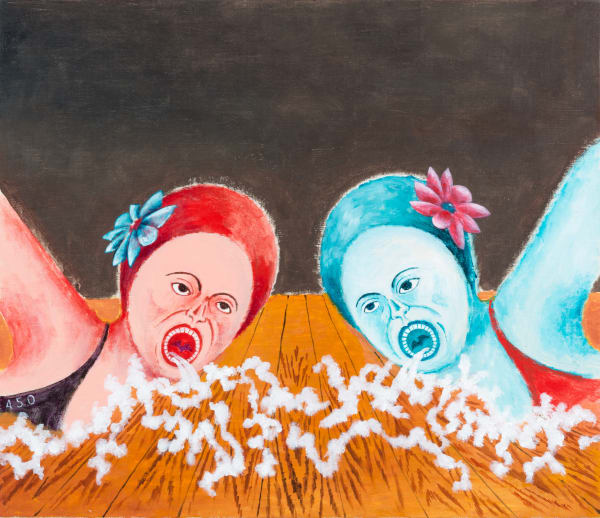




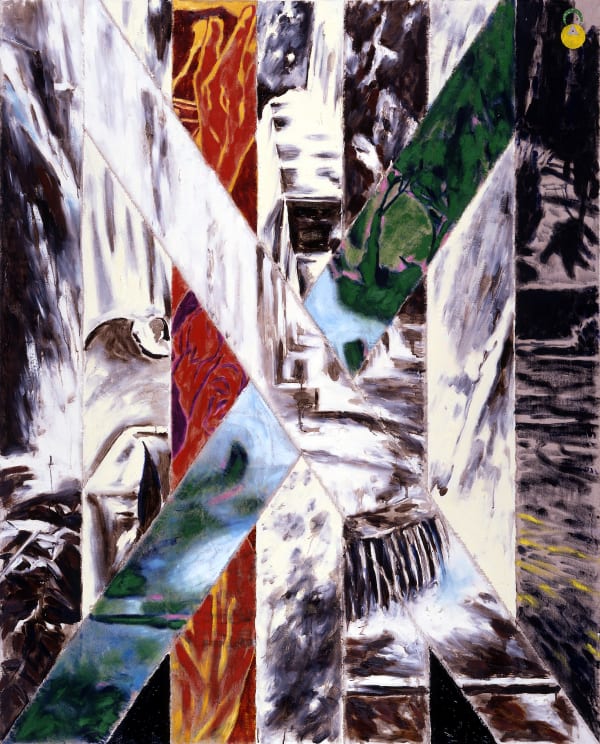
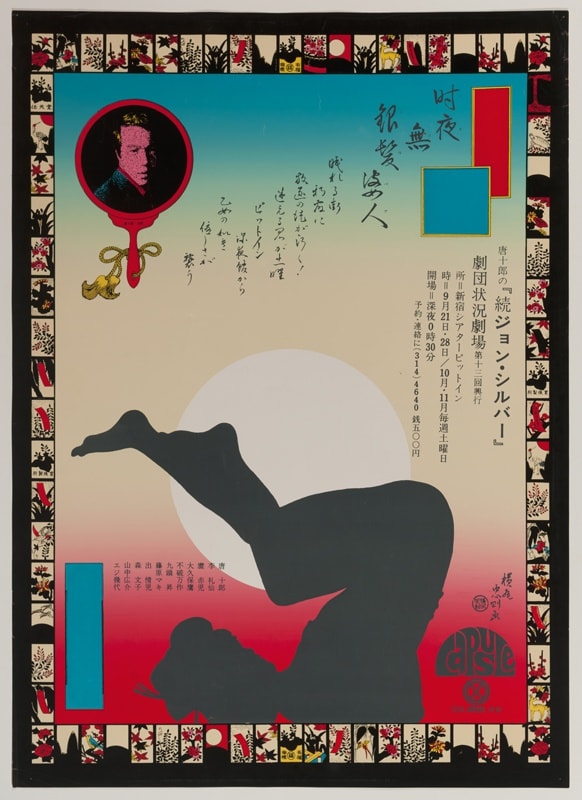



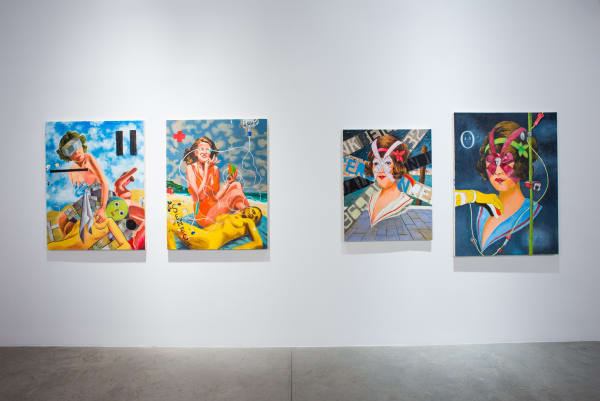

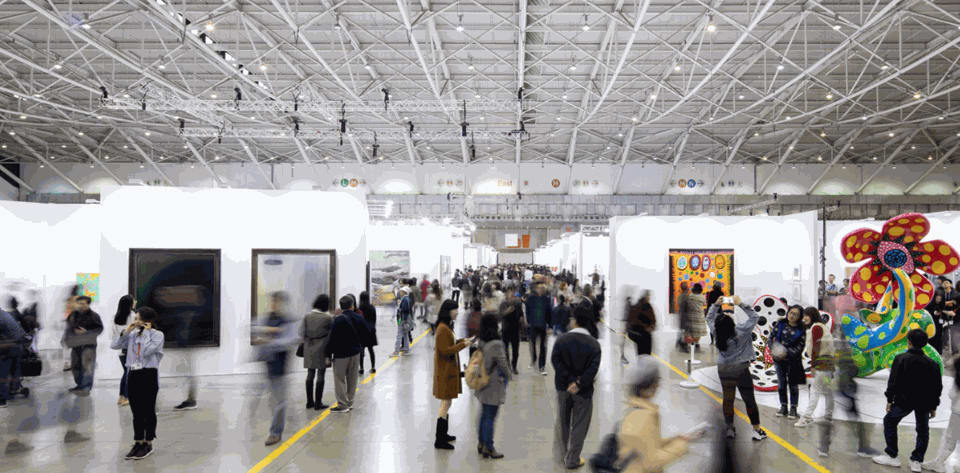
![Tadanori Yokoo [Japanese, b. 1936] See You Again, 2002 Signed YYY + H on recto, dated 2002 and inscribed 7.3 on verso Painting on canvas 71.57 x 89.49 inches 181.8 x 227.3 cm](https://artlogic-res.cloudinary.com/w_600,c_limit,f_auto,fl_lossy,q_auto/ws-albertzbenda/usr/images/press/main_image/items/2a/2acc0510fe764c9c87f20591bf85c9d9/tadanori-yokoo-see-you-again-1-.jpg)



